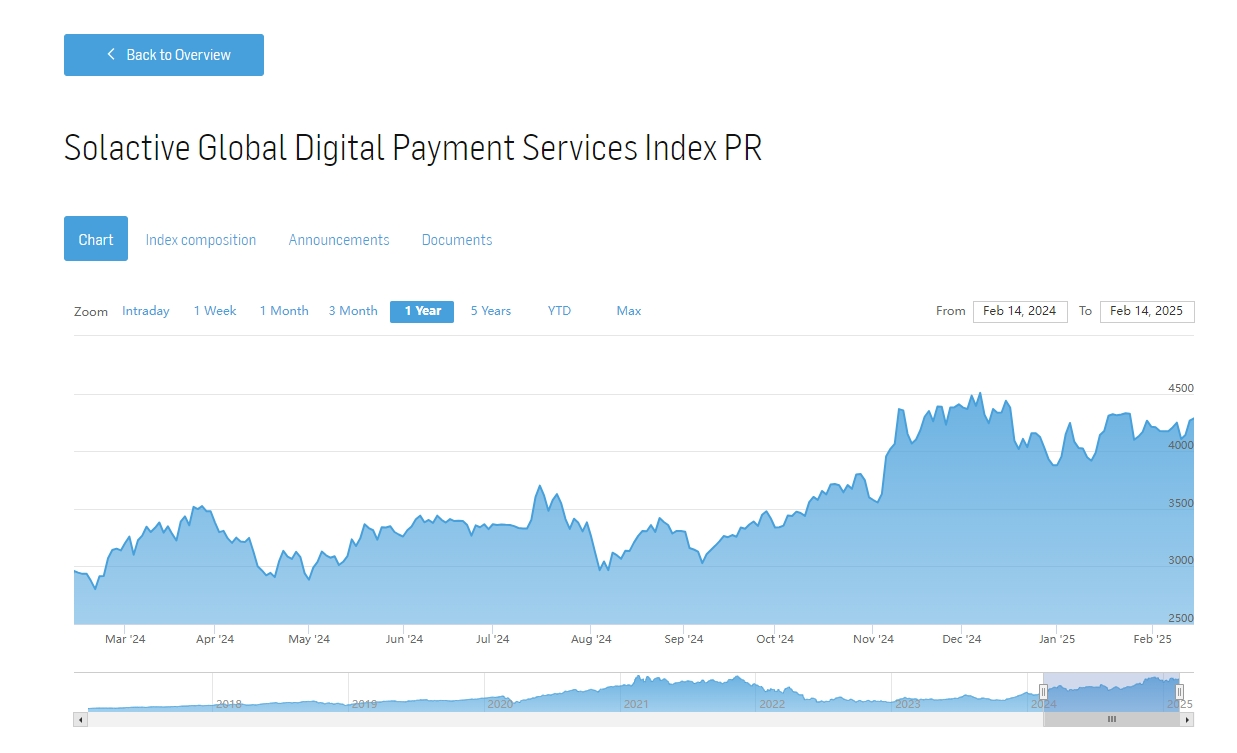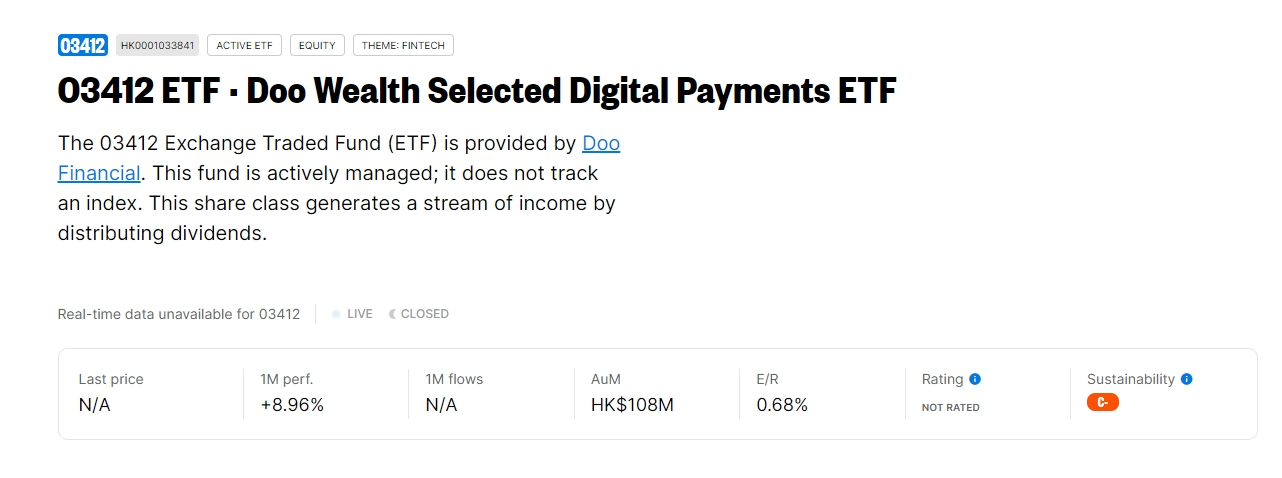Improved digital payments and financial inclusion are key engines driving market expansion.
In recent years, ASEAN countries have taken the digital economy as a breakthrough to accelerate the transformation of economic structures and form a development model with technological innovation, policy guidance and international cooperation as the core.
According to the "2024 ASEAN Digital Economy Report" jointly released by Google, Temasek and Bain Company, the total volume of digital economic commodity transactions in the region is expected to reach US$263 billion in 2024, a year-on-year increase of 15%. Among them, core areas such as e-commerce, digital payments, and online travel continue to lead the way, while emerging tracks such as health technology and Web3 also show strong potential.
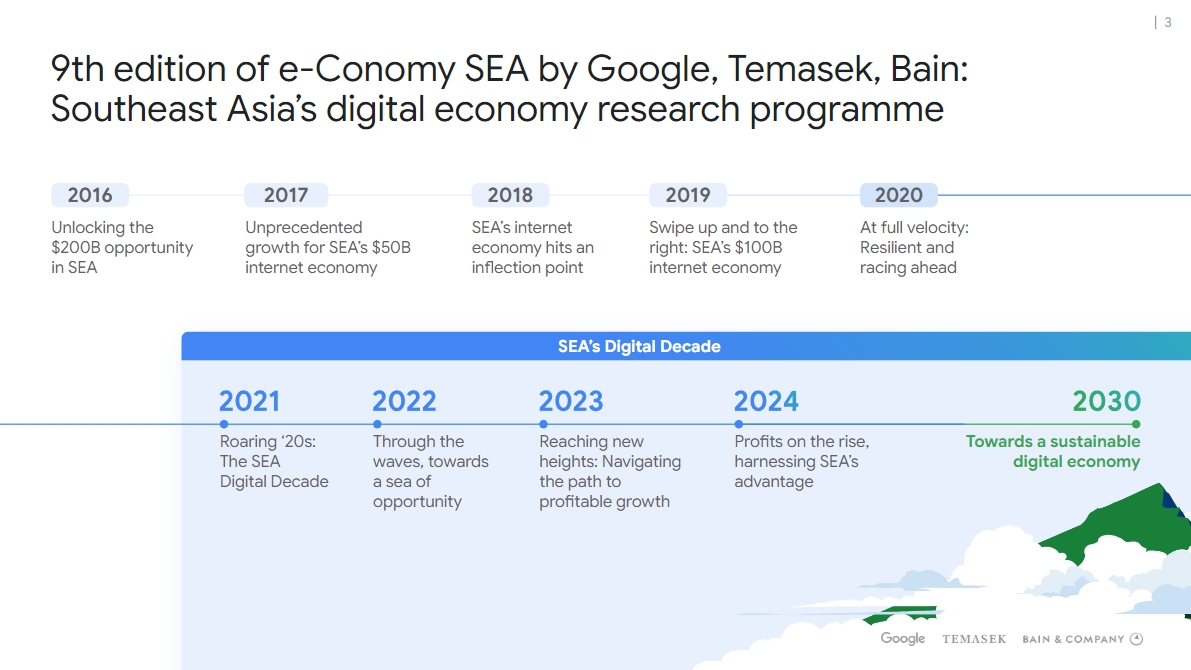
This growth trend is not only due to the increase in Internet penetration in the region to 93% and a user base of 460 million, but is also closely related to the systematic promotion of digital strategies by governments of various countries.For example, Indonesia has strengthened its 5G and cloud computing infrastructure through the white paper "National Strategy for Digital Economy Development 2030" and plans to increase the scale of its digital economy to US$366 billion by 2030; Vietnam has promoted e-commerce to become ASEAN's fastest-growing market at an average annual growth rate of 20%.InvalidParameterValue
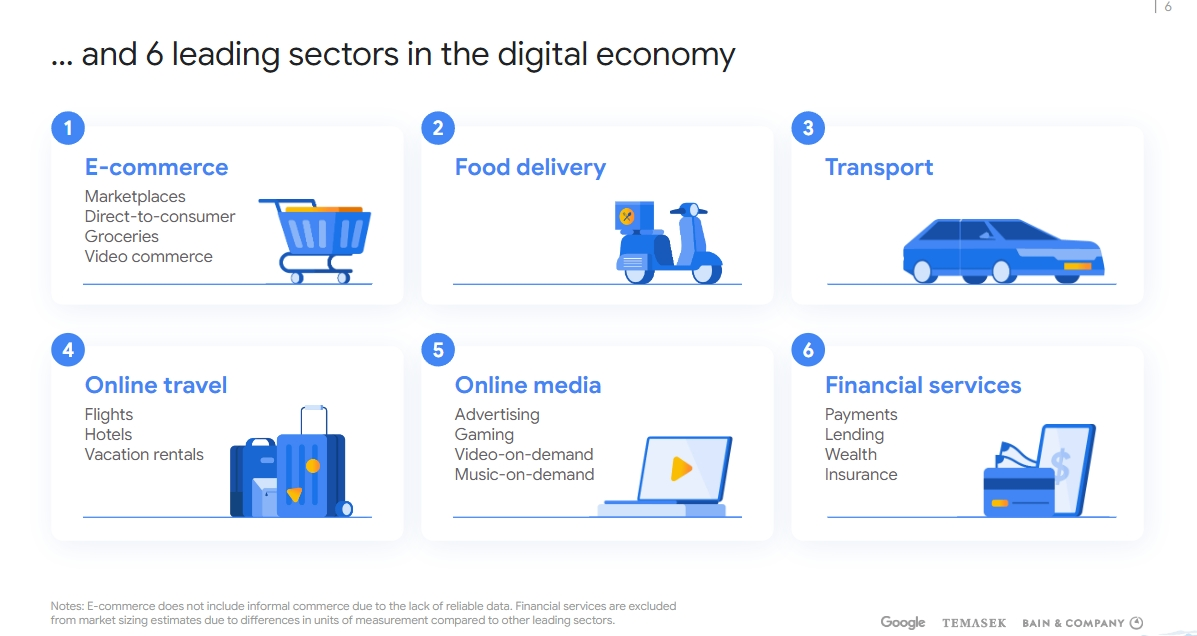
At the policy level, ASEAN countries are making two-way efforts through top-level design and cross-border collaboration.
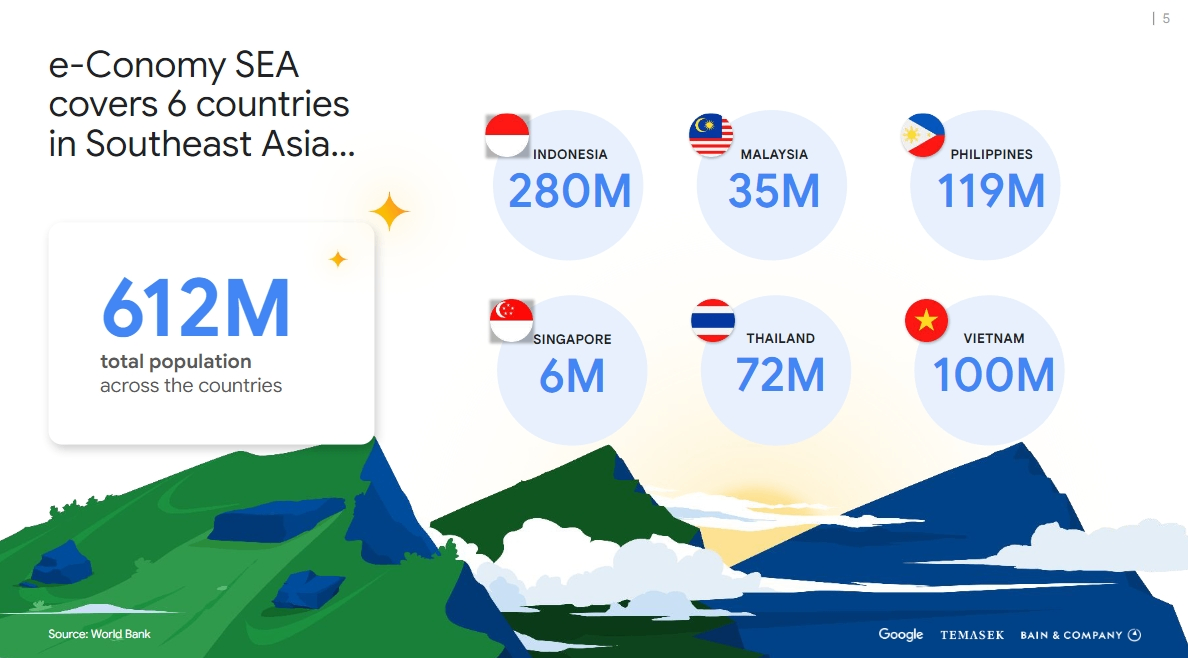
The ASEAN Digital Economy Framework Agreement (DEFA), to be implemented in 2025, is regarded as a milestone in regional integration and aims to eliminate barriers to cross-border digital trade, with the goal of doubling the size of the digital economy from the expected US$1 trillion in 2030 to US$2 trillion.
As the rotating presidency in 2025, Malaysia is leading the agreement negotiations. Its domestic digital economy has contributed more than 20% to GDP, and plans to further focus on the artificial intelligence and semiconductor industries through the Malaysia Digital Plan.Singapore has the "Smart Country 2025" strategy as its core. The proportion of digital trade in GDP has jumped from 13% in 2017 to 17.3% in 2022. It ranks first in global digital competitiveness, highlighting its leading edge in data governance and technological innovation.InvalidParameterValue
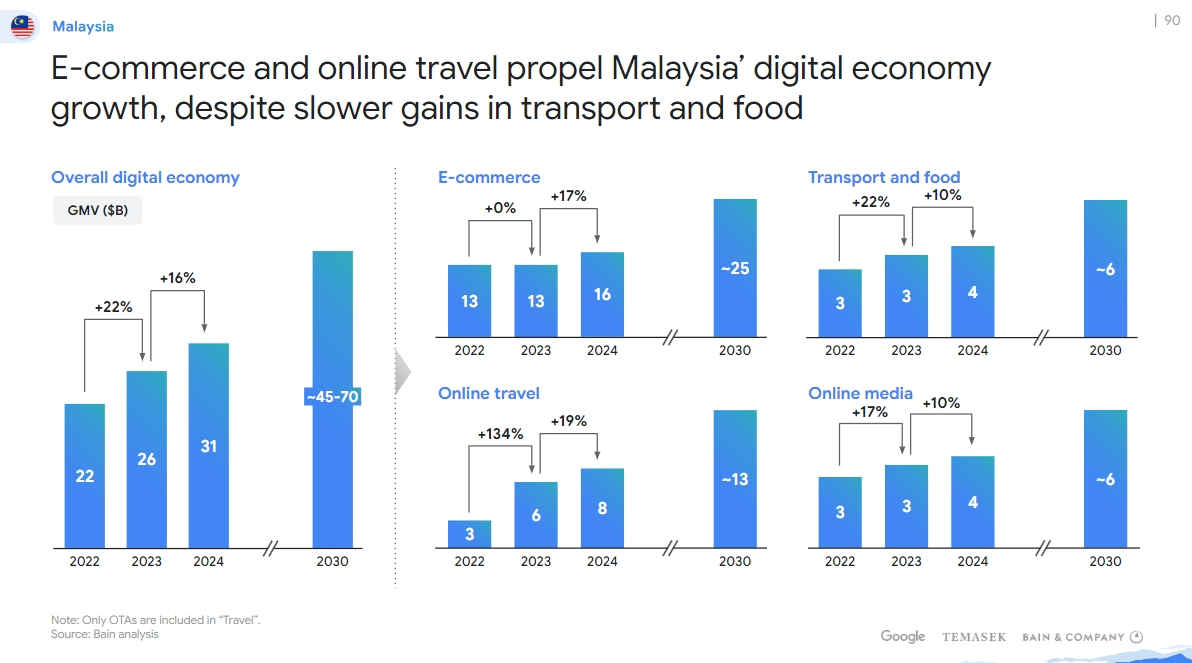
Improved digital payments and financial inclusion are key engines driving market expansion.The electronic payment market of the six ASEAN countries (Singapore, Malaysia, Thailand, Indonesia, Vietnam, and Philippines) reaches US$220 billion, accounting for more than 80% of e-commerce transactions. The penetration rate of QR code payments in Thailand has accounted for 55% of e-commerce transactions.
Through a digital transformation plan, the Indonesian central bank plans to include 91.3 million unbanked people into the financial system; Laos and China UnionPay cooperate to realize cross-border payment interconnection with QR codes, further facilitating regional capital flows.At the same time, the improvement of digital infrastructure lays the foundation for application scenario innovation: the cross-border optical cables built by China companies cover China, Vietnam, China and Laos. Thailand's 5G Innovation Center helps small and medium-sized enterprises digitize. The Philippines 'Internet penetration rate is close to 90%. Accelerate investment in data centers.InvalidParameterValue
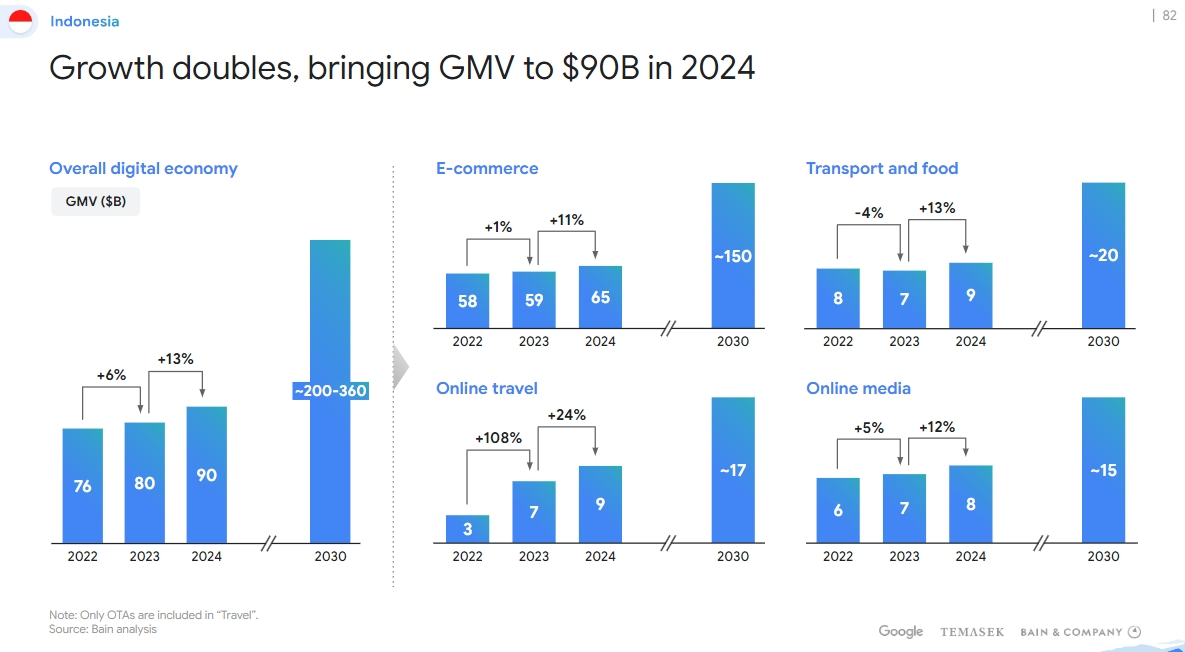
The cooperation between China and ASEAN has become an important thrust for the construction of a regional digital ecosystem.
The "China-ASEAN Digital Cooperation Plan" adopted in 2025 clearly clarifies deepening collaboration in fields such as artificial intelligence, cloud computing, and 5G. For example, Huawei Cloud's industry solutions in Thailand cover 15 fields, and Tencent Indonesia's data center supports local business expansion.The trade scale between the two sides will reach 6.41 trillion yuan in 2023. Digital economic cooperation projects extend from infrastructure to people's livelihood areas, such as China-Laos railway digital logistics, telemedicine and smart education.Guangxi and other places have connected with the ASEAN Digital Master Plan 2025 through the "Digital Silk Road" to promote the construction of cross-border e-commerce and overseas warehouses. China-ASEAN Information Port Company alone has implemented nearly 20 digital services in 9 countries.InvalidParameterValue
Looking to the future, the ASEAN digital economy will reshape the global value chain through scale expansion and quality improvement.
By 2030, its digital trade is expected to account for 10% of the global total, with an average annual growth rate leading most economies.If DEFA is successfully implemented, the unification of regional digital technology standards and the facilitation of cross-border data flows will unleash greater synergy, and the application of emerging technologies such as artificial intelligence and blockchain may spawn new industrial paradigms.Despite this, how to balance innovation incentives with risk management and bridge the development gap among member states remains the core proposition of ASEAN's vision of "global digital benchmarking".
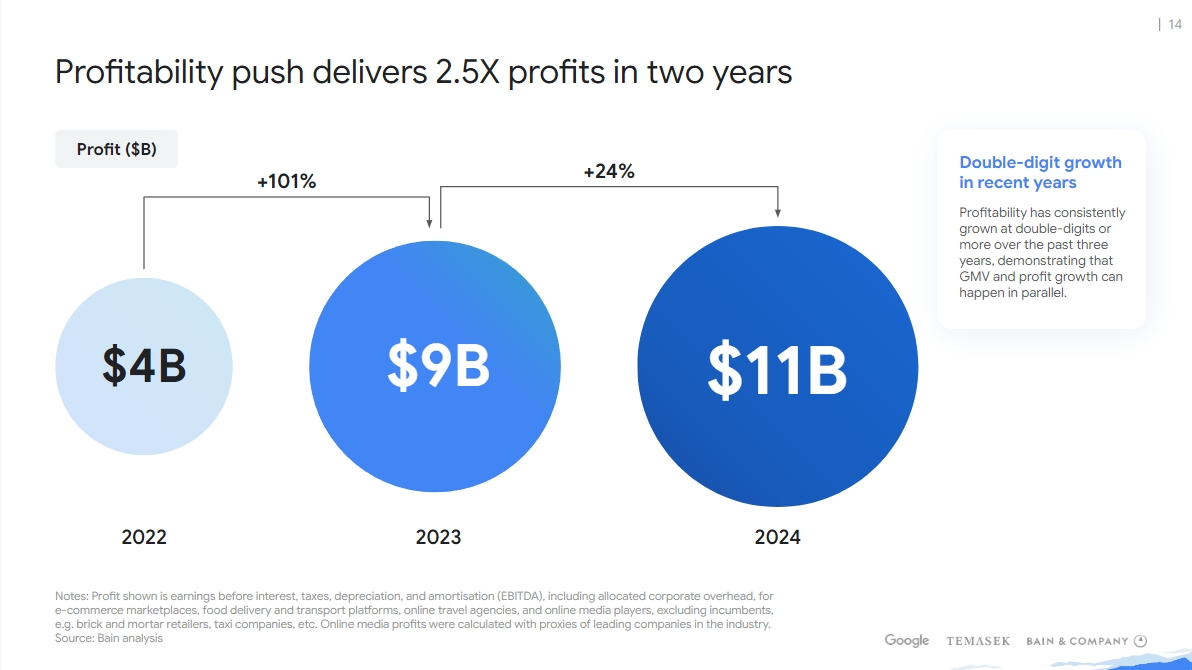
In this market environment, if investors want to seize the growth dividends of the digital payment market, purchasing a digital payment ETF may be a good choice.Digital payment ETFs have many advantages.
First, it provides investors with a simple and efficient way to participate in the rapid growth of the digital economy.By purchasing an ETF, investors can effectively diversify their investments among multiple companies related to the digital economy, which helps reduce the risk of investing in a single stock.Second, digital payment ETFs typically have low fee ratios, which means investors can have low-cost options.In addition, there is no risk of trading or delisting ETF.ETFs may fall sharply along with the industry or the broader market, but they will not be violent, so they can keep trading going normally in extreme bear markets, giving investors the opportunity to stop losses and exit.

For ordinary investors, mastering cash flow means mastering the ability to resist risks, while ETFs 'low threshold and risk diversification properties undoubtedly provide an additional layer of insurance for novice investors.
The following are some of the more representative electronic payment ETFs & indexes on the market. They are not recommended for investment but are for reference only:
